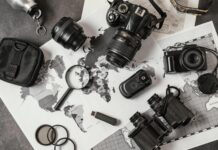After emphasizing how important contact sheets can be in the personal development as a photographer in last week’s article about the value of contact sheets, today I want to give some opinions on a few examples and present a contact sheet myself. Therefore I will pick up the contact sheets that I presented in the previous article and go through the three points I found interesting in analyzing contact sheets. This means today’s pictures will be by Diane Arbus and myself.
Diane Arbus – The Child with a Hand Grenade
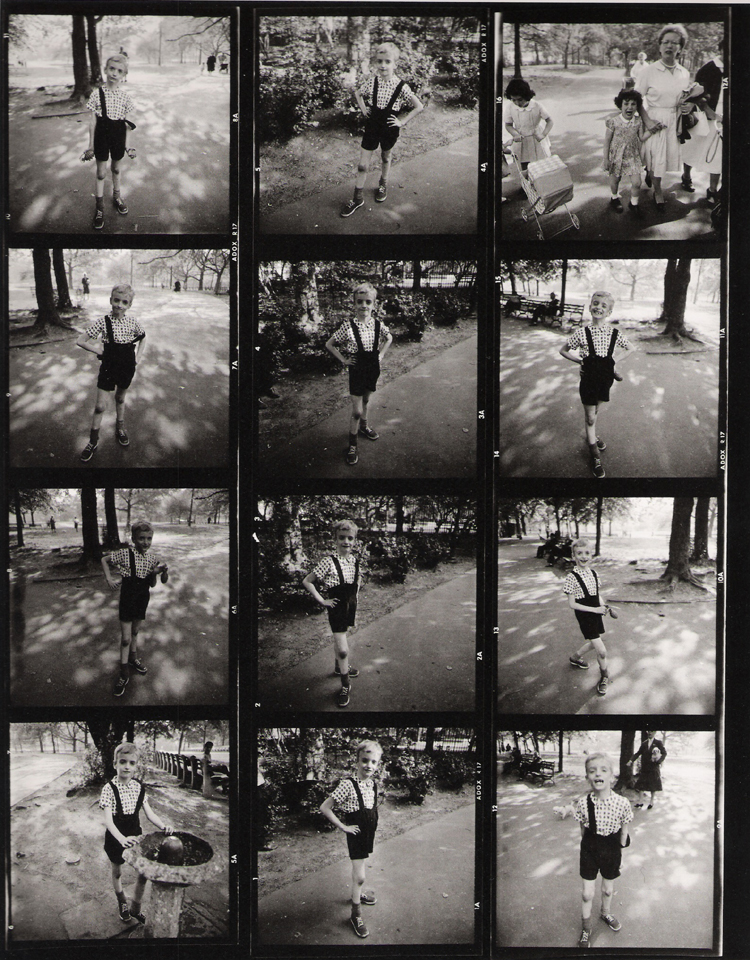
This series of pictures was taken in the Central Park in New York in 1962. Diane Arbus was always keen to photograph people outside the society of her time like prostitutes, mentally ill persons or handicapped people. Besides these special interest, she also had a very intriguing way of capturing emotions of her subjects and working with them. This leads to the child “playing” with the camera, opening up and showing different poses.
The setting of the Contact Sheet
The pictures were taken in the Central Park on a sunny day. With regards to the long shadows, it was probably shot in the morning or the afternoon. In this scene, Diane Arbus was more or less following the boy keeping a candid character without directly giving directions where and how he has to stand. Personally, I like the pictures to the sides more than the mid column, because they offer a nicer contrast from the light shining through the treetops.
The sequence in this Contact Sheet
She doesn’t “work” the scene in the sense of taking matters into her own hands. The boy is pretty much free to do what he wants and Diane Arbus is more focused on capturing the right moment where you can see his true feelings. In hindsight, I’d like to see some different angles from below. Especially with persons that are smaller than you, it can be beneficial to take their point of view. Having some variation doesn’t mean that they would be definitely better, but at least they offer some new options when selecting the right photo afterward.
Cropping
The final picture which is also the first picture she took in this sequence on the top left appears to be uncropped. She already is fairly close to the boy and there is no reason to crop anything out since there isn’t a disruptive detail that should be excluded.
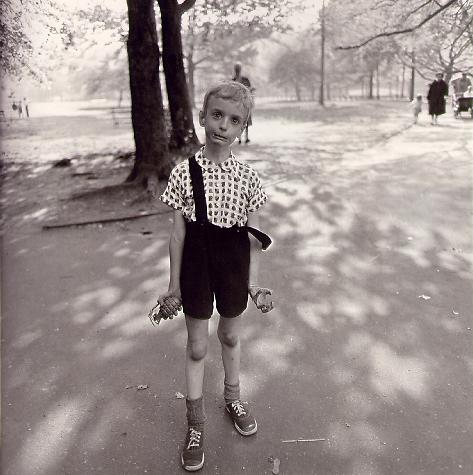
Final Picture from the Contact Sheet
The selected picture is in line with Diane Arbus’s focus on the freakish side of people. This picture shows a distinct posture and gesture on his left hand in combination with the low hanging suspender and the hand grenade. Instead of interpreting the picture for too long there is also an interview with Colin Wood who is the boy in this picture that speaks for itself.
She catches me in a moment of exasperation. It’s true, I was exasperated. My parents had divorced and there was a general feeling of loneliness, a sense of being abandoned. I was just exploding. She saw that and it’s like . . . commiseration. She captured the loneliness of everyone. It’s all people who want to connect but don’t know how to connect. And I think that’s how she felt about herself. She felt damaged and she hoped that by wallowing in that feeling, through photography, she could transcend herself.
You can find a more detailed interview here on page 3.
The blinking House Contact Sheet

The presented pictures were taken by myself in Heilbronn in a time span from 5 pm to 6 pm on a sunny day in late August.
Setting
I was immediately drawn to the narrow space in between small houses that cast a shadow on the building that leaves the impression of a theater, with the curtains being open and subjects entering the stage. With a little imagination, the house looked like a smiley face with an open mouth and one half-closed eye. This might be a little far-fetched for some, but I find it important to follow even the most abstract ideas and this is where the fun starts in Street Photography for me. Along the building and the shadow was a car in front which limited my possibilities of subjects coming from the left. So my focus was on people coming from the right simply filling the frame and adding life to the photo.
Sequence
The easiest way to approach such a scene is to take the typical right angle pictures, wait for a subject to enter the scene and to use the continuous mode. That’s an easy way to capture some decent amount of pictures to choose from in a short amount of time. After getting the first set of pictures I started to vary the perspective to focus more on the shadow and subjects on the street. The red car is an example of this new perspective but it just doesn’t work for me. The blue car in the back is too disturbing and the building is too much out of focus. So I went back to take some photos in the style of the first one. Instead of a single person, there was a group of people coming either from left or right.
After leaving the scene for 30 minutes I came back to force my luck again. As you can see the “face” of the building is now halve covered but the narrow shadows are still beautiful and offer some opportunities for people entering and leaving the darkness.
As you can see I focused more on subjects on the street like the cyclist or the tractor. While taking the pictures I tried a few different perspectives from a low angle. The cyclist with his long shadow in the shallow light situation is my second favorite, but the background is a little too distracting with him and the car overlapping while the perspective forces the eye to wander to the back alley.
For clarity, this is an unedited overview of the original scene.
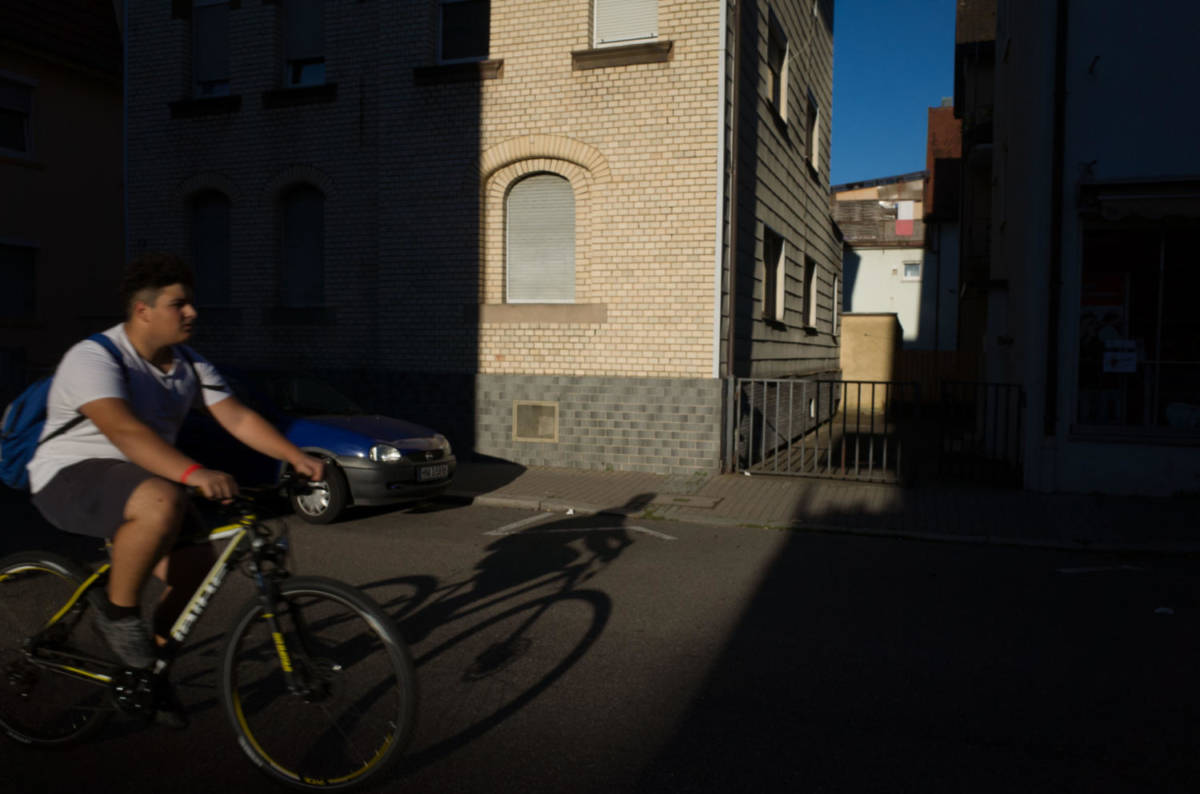
Cropping and the Final Picture
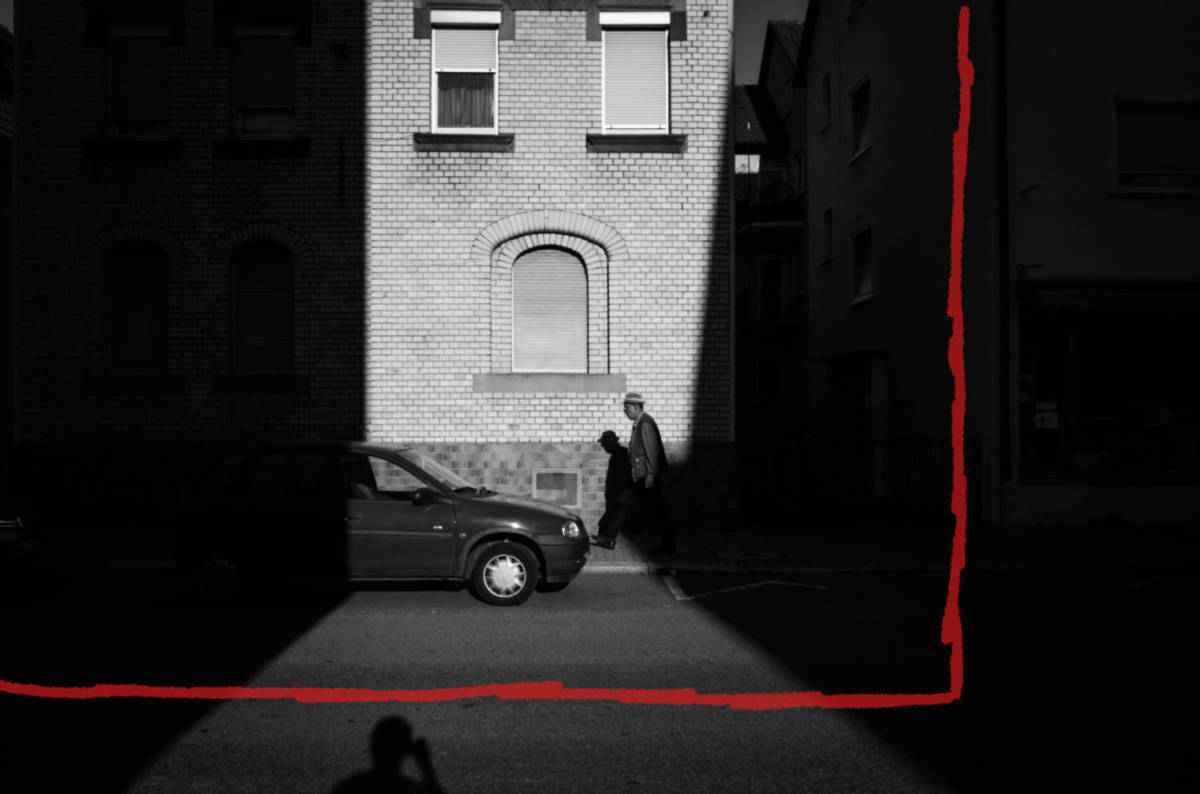
The first picture I took was already my favorite which is a rare occurrence and doesn’t mean that all the work afterward was in vain. I liked the guy with his hat and his position in combination with the shadow and the building the most.
I didn’t like my shadow being visible in the original crop because it takes away from the atmosphere. In hindsight, I could have avoided my shadow being visible by crouching down and photographing slightly from the low point of view upwards. Afterward, the only possibility to get the frame I like is by cropping which is also fine in this case.
This concludes my final thoughts about the more technical approach to this single picture and how the original scene looked like.
Stay Curious
Sebastian Jacobitz
